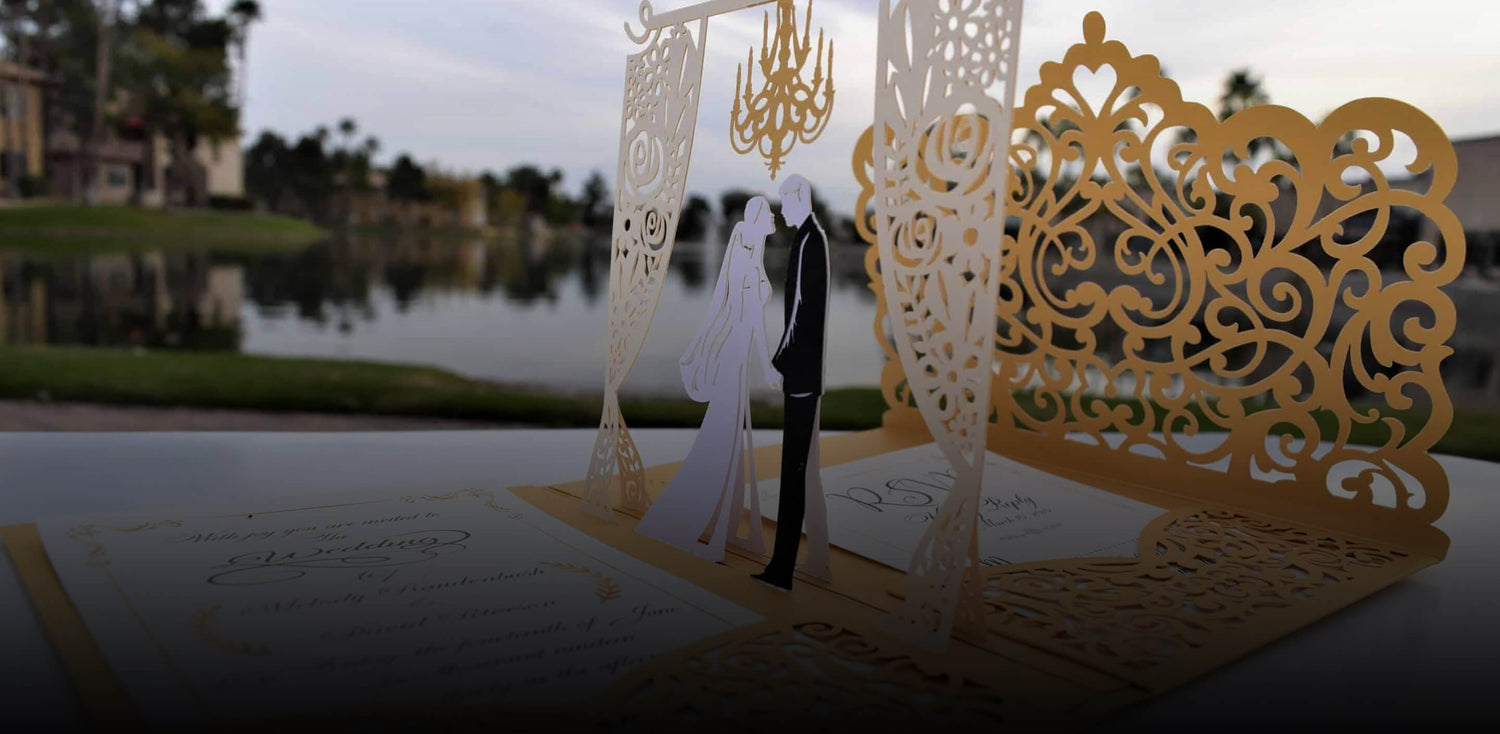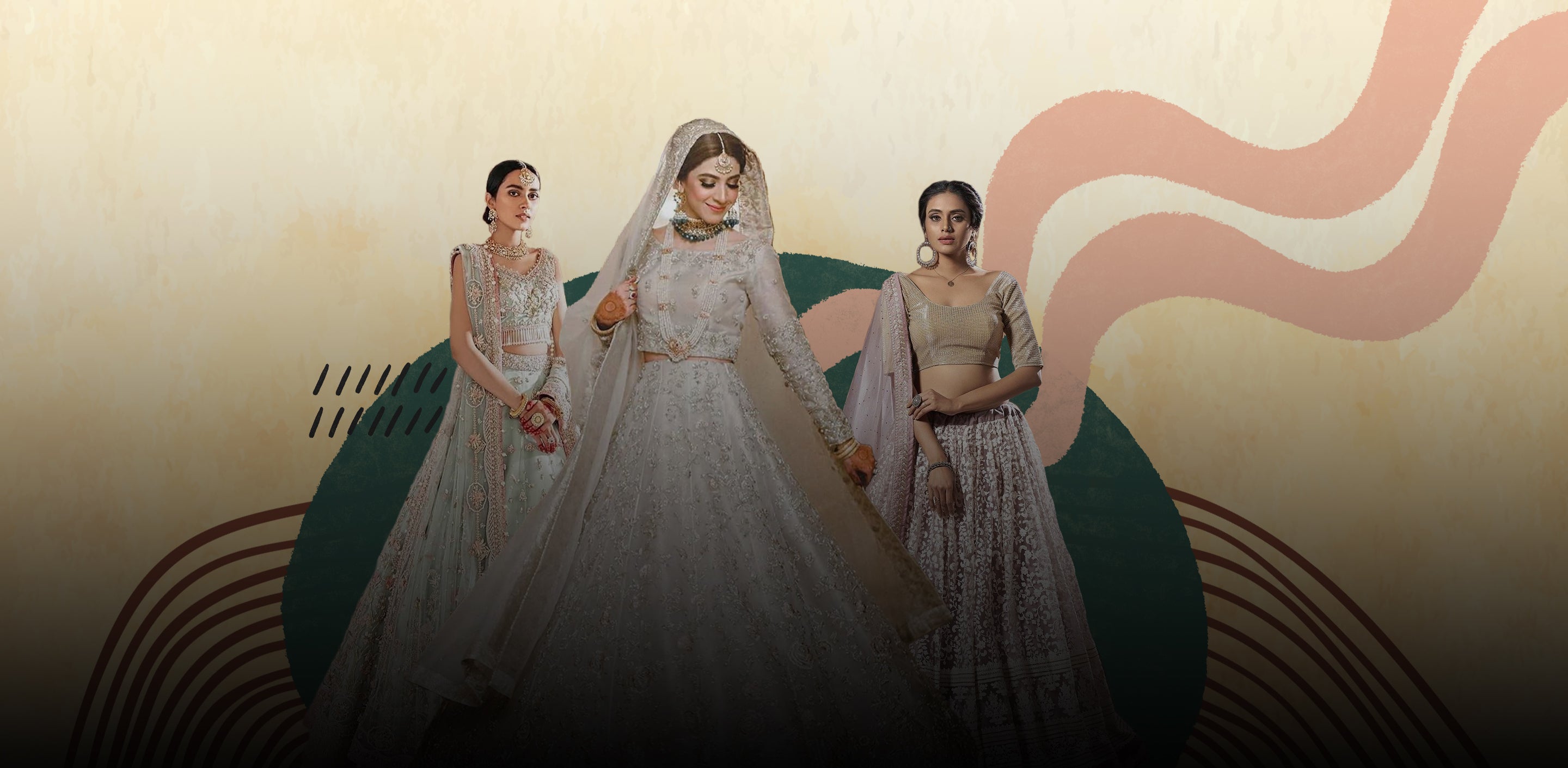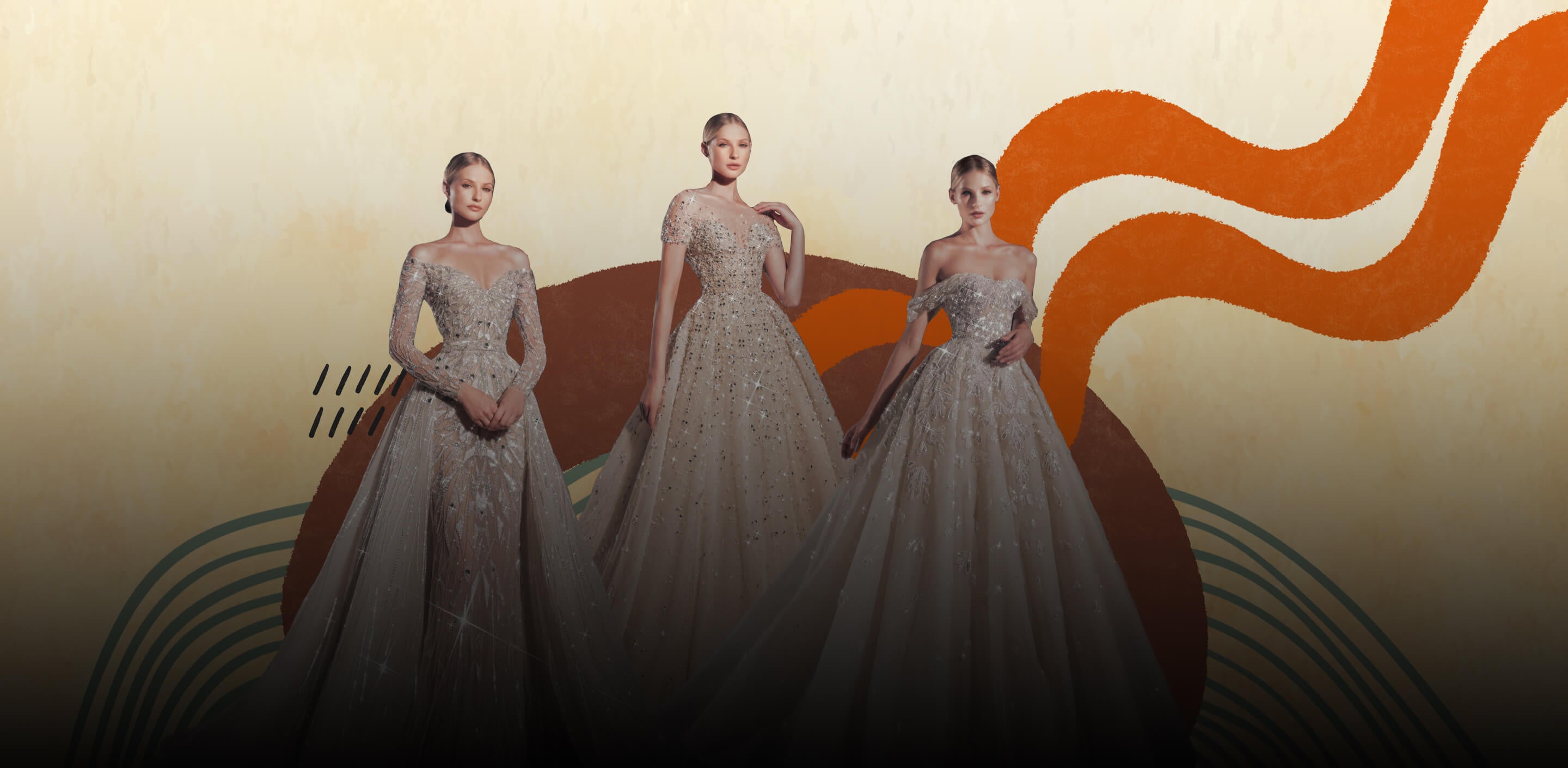Traditional wedding ceremonies in many cultures look and feel remarkably different from one another. Many Westerners have preconceived notions about traditional Middle Eastern dating and wedding customs based on a litany of tired stereotypes. The traditions of Arab marriages have changed greatly during the last century.
Arab marriages are elaborate celebrations with deep roots in tradition. Culture and religion in the Levant, which includes Lebanon, Palestine, and Morocco, have many common customs despite regional differences.
Here are some typical Arab wedding customs!
Tolbe

In the tolbe or tulba, the prospective bridegroom formally asks the bride's parents for their blessing before the wedding. Those in attendance will say the opening prayer from the Holy Quran, known as "Surah Al-Fatiha," if the families give their approval. After that, the two families sit down together to enjoy a joint gift of tea, coffee, or cordial pastries.
Kitb Al-Kitaab

The katb Al-kitaab is the Arabic name for the wedding tradition. The sheikh will explain the stipulations of the marriage and the couple will sign a contract outlining those stipulations. Visitors are kindly requested to wear modest attire rather than something of a fashion. Men and women alike are expected to have their arms and legs covered and to have their heads covered with fabric if they are in public.
Mahr

In Islam, the Mahr serves as the dowry paid by the husband to his new bride. The Mahr is introduced during the time of the katb Al-kitaab. It's a sign of how much you care about and value the woman in your life. If she gets a divorce, she'll have something of value to take with her.
Zaffe

With the zaffe, the bride and groom make a grand entrance to the party. The bride's father traditionally travels with the bride on her wedding day. After that, a group of drummers play upbeat, traditional Arabic music. During the zaffe, the ring is moved from the right hand to the left. In a festive display known as the zaghrouta, female visitors ululate at a loud pitch by sticking out their tongues.
Dabke

It is unusual to see many guests seated at an Arab wedding. The traditional wedding dance known as dabke is performed by both professional dancers and the attendees of the wedding. People will dance in a circle, touching each other's shoulders. At an Egyptian wedding, guests are more likely to see belly dancers.
Cake Cutting Ceremony

While many cultures have a tradition of cutting a wedding cake, the Arab world takes theirs to a whole new level. Muslim Arab brides and grooms traditionally use a large sword passed down via the groom's family to slice into their multi-tiered wedding cake. During more extravagant parties, sparklers may even shoot out of the cake.
Barmet Al-Aroos

This is the final chance for guests to say farewell to the happy couple as they drive away in a lavishly decorated bridal getaway car. The newlyweds are often escorted back to their home or hotel by a procession of their friends and family members in their own cars, all of whom play loud music and honk their horns to let passers-by know that the pair in front of them has just tied the knot.
FAQ
How long are Arab Muslim weddings?
Islamic wedding rites are often little more than twenty minutes in length. Arab weddings, on the other hand, may go all night. Bring your dancing shoes and a belly full of tabbouleh, kibbeh, and baklava.
What should I wear to an Arab Muslim wedding?
Dress to impress if you are invited to an Arab wedding. Arab marriages are formal affairs, especially in the West. Take into account how pious the couple's family is. Men wear long white plain fabric robes called dishdasha on more strict occasions, while women wear long robes of any color called abayas with scarves or hijabs. It is not anticipated that visitors would dress similarly.
Are most Arab Muslim marriages arranged?
Arranged weddings are quite uncommon nowadays. In rare cases, a woman's father may meet a man who he believes would be a suitable match for his daughter, and some people see this as an arranged marriage.
We also happen to be a magnet for suggestions, and would love to catch yours….throw us yours on hello@fabriclore.com





